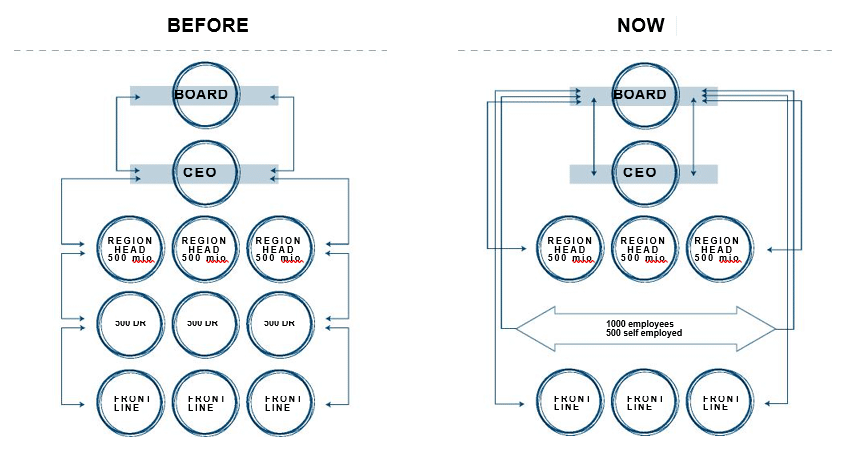Where’s Your Business Heading?
Leaders challenged by disappearing boundaries
We released a global report last month with the title “Where’s Your Business Heading?” Our respondents were business leaders in 20 countries but they sounded like old-time cattle ranchers — they want to be where there are no fences.
George Bradt, writing in Forbes about the report, came up with “boundarylessness” to describe this trend in business. It’s not in Webster’s or the OED, but since there is no noun to describe this state, so be it.
When we talk of “cross-border”, or “global”, we are thinking of physical boundaries defining countries and markets. Here, the consolidating-world trend is well advanced. The current international trade disputes have exposed the global interdependence of business, especially with incredibly complex fields such as supply chains for giant industries.
So, where business is heading in many instances, the report tells us, is to move the decision-making closer to the customer.
And this is not only a physical adjustment. Fences are falling inside the organization as well. Traditional hierarchies are being re-drawn and management layers reduced. Heinz Wester, the business guru with Cornerstone Stockholm who managed the survey and structured the report, cites two prime examples.
“Workers are being divided into smaller, flexible units that can be moved where needed,” says Wester. “And that enables some streamlining. A middle manager who might have had 500 reports and a responsibility of $500M a couple of years ago might still be responsible for the P&L but have only a handful of direct reports.”
This contributes to the second trend – a faster flow of information to the decision makers. Market knowledge no longer goes through a series of management layers: it flows uninterrupted – and unfiltered – to the C-level and even to the Board.
INFORMATION FLOW
The downside – and there always is one – is risk. Risks rise with speed and more open strategies. Streamlining management can be fraught. Are workers better trained today than 30 years ago? Maybe. Are they more self-motivated? Probably. Nonetheless, millennials aside (who have yet to confirm an impact on business operation), it is hard to see why today’s employee would feel any more obligated to the corporate welfare than his or her parents.
And the risk rises as the need for speed continues. Customers appreciate a speed improvement factor of 2 but now want one of 5. As geographic boundaries fall, it still leaves terms, conditions, legal requirements, sustainability and a host of other elements of risk to be managed in less time.
If you want to know more about what keeps our business leaders awake at night, read the full report of “Where is Your Business Heading?”. It makes good reading.







